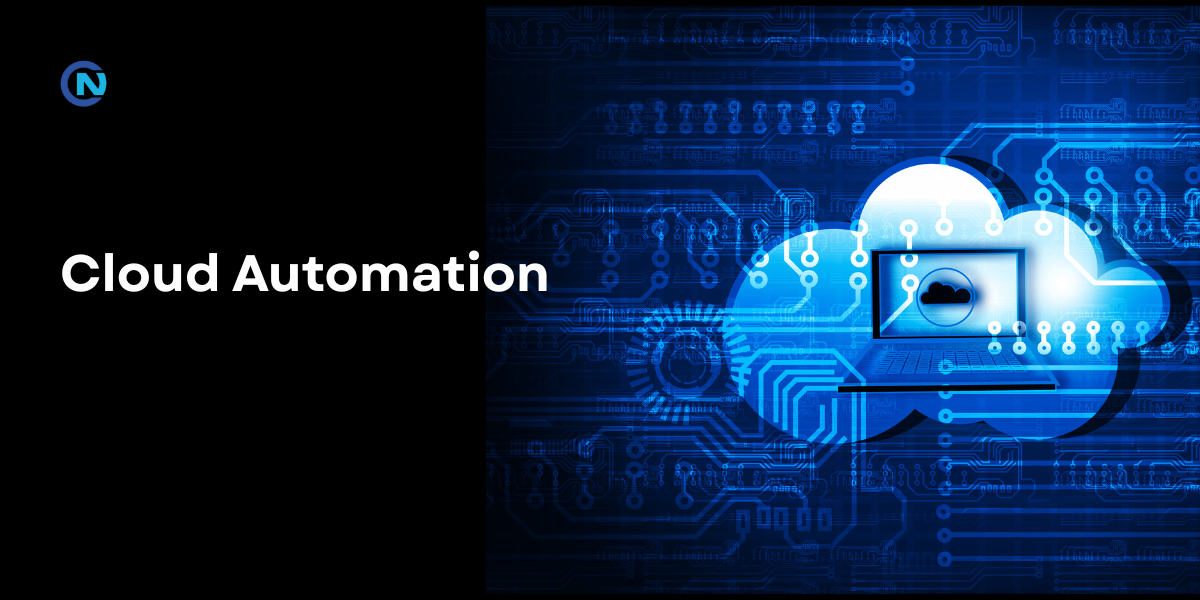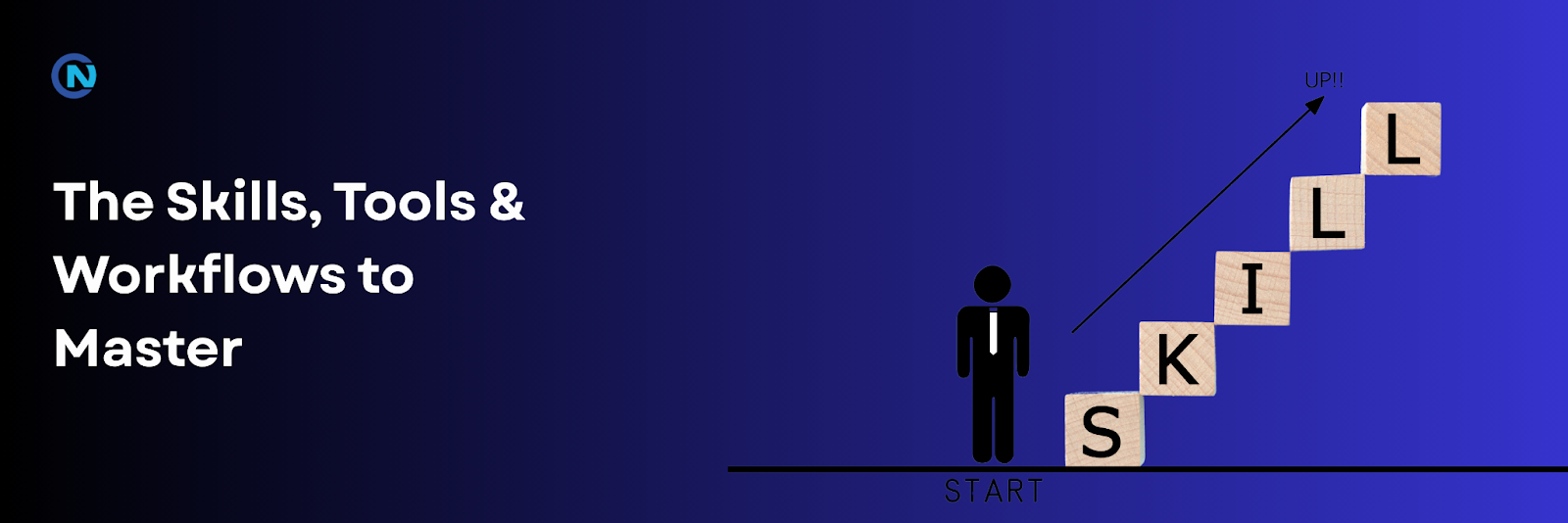
These tools, languages, and workflows that define the next generation of cloud engineers
Cloud automation has become the beating heart of modern cloud computing. As organisations migrate complex, distributed systems into multi-cloud environments, the ability to automate infrastructure, deployments, and operational tasks is no longer a “nice-to-have”; it’s a baseline requirement. From provisioning and scaling to monitoring and cost optimisation, cloud automation drives agility, reliability, and innovation across every layer of today’s digital ecosystem.
Companies that once relied on manual operations are now racing to integrate automation frameworks into their infrastructure. Cloud engineers who can design, script, and maintain automated systems are leading this transformation. This article explores what defines cloud automation in 2025, why automation-first engineers are in such demand, how AI is reshaping DevOps workflows, and which skills you must master to future-proof your career.
The Growing Demand for Automation-First Engineers

The shift toward automation is more than just a trend; it’s a necessity. Cloud environments now host thousands of interconnected services and ephemeral resources that must scale, heal, and secure themselves in real time. According to Gartner’s Cloud Strategy Report, over 80% of enterprises have made automation a top priority in their cloud roadmaps for 2025.
Automation enables consistent deployments, policy enforcement, compliance, and disaster recovery, all while reducing operational costs and human error. Engineers who understand cloud automation from both an architectural and operational perspective are becoming critical to digital-first strategies.
These are the skills enterprises expect:
- Infrastructure as Code (IaC): Master Terraform, AWS CloudFormation, or Pulumi to declaratively define and manage infrastructure.
- Scripting Languages: Python, Go, and PowerShell are core for building reusable automation modules.
- CI/CD Pipelines: Build integrated workflows that automate testing, security scanning, deployment, and rollback.
- Monitoring & Compliance Automation: Embed self-healing mechanisms, auto-scaling, and event-driven remediations.
By embedding automation into every stage of the lifecycle from provisioning to decommissioning, businesses achieve the scalability and resilience that manual teams simply cannot deliver
Integrating AI with DevOps Pipelines

The next evolution of cloud automation is unfolding through the integration of artificial intelligence into DevOps, a transformation often called AIOps. It’s a shift from traditional, reactive operations to intelligent, predictive, and self-healing systems. Instead of waiting for alerts or manual interventions, AI now helps systems anticipate issues, take corrective action, and optimize themselves in real time.
Machine learning models can recognize performance anomalies, forecast demand spikes, and even fix misconfigurations before they cause downtime. For example, Google Cloud’s Vertex AI enables engineers to build predictive scaling systems that automatically adjust infrastructure capacity. Similarly, Datadog Watchdog uses AI to detect unusual behavior in distributed systems, providing insights and recommended fixes instantly.
The result is a new kind of DevOps pipeline, one that learns continuously and acts autonomously.
AI’s integration into cloud automation brings several real-world benefits:
- Predictive scaling: Resources adjust before a traffic spike, preventing performance bottlenecks and unnecessary costs.
- Automated incident response: Pre-trained models can trigger actions to resolve outages or roll back faulty deployments automatically.
- Smarter code automation: AI-powered tools like GitHub Copilot and AWS CodeWhisperer help engineers write deployment scripts, Kubernetes manifests, and Infrastructure-as-Code templates faster and with fewer errors.
- Continuous learning systems: Observability data logs, traces, and metrics feed into machine learning pipelines that refine automation rules and make systems more efficient over time.
This is where DevOps meets data science. The traditional focus on continuous integration and delivery (CI/CD) is now expanding to continuous optimization (CO), where pipelines constantly tune performance, scalability, and reliability using data-driven insights.
For instance, an AI-enhanced pipeline can automatically detect an underperforming container, analyze the root cause, and redeploy a better-optimized configuration without human input. This not only reduces downtime but also ensures systems stay cost-efficient and resilient as workloads evolve.
AI is also reshaping cloud security automation. Modern platforms now detect anomalies in network traffic, enforce compliance automatically, and even isolate vulnerable resources all through AI-driven decision-making. According to the IBM Cost of a Data Breach Report, organizations using AI-powered automation reduced the time to contain security incidents by more than 100 days on average, a huge win for operational resilience.
For cloud engineers, this means the skill set is expanding. Beyond coding and infrastructure design, engineers now need to understand how data pipelines, APIs, and AI models interact with automation workflows. They must design systems that don’t just “run”; they think, learn, and adapt.
In the age of AI-driven cloud automation, the most valuable DevOps professionals will be those who can blend software engineering with machine learning and operational strategy, building pipelines that evolve intelligently with every deployment.
The Skills, Tools & Workflows to Master

If you’re aiming to become an automation-first cloud engineer, here are the core areas where you’ll want depth, not just breadth. While each organisation may emphasise different stacks, mastering these will provide a strong base.
Programming & Scripting
You’ll need to be comfortable writing scripts that automate tasks, manipulate APIs, orchestrate workflows, and interact with cloud provider SDKs. Python remains the most ubiquitous for general scripting and automation. Go (Golang) has gained traction in cloud-native tooling (for instance, operators/controllers for Kubernetes). Shell scripting (Bash/PowerShell) remains essential for glue tasks. A cloud automation engineer should think like a developer: version control your automation, build modular scripts, test them, and treat them as software.
Infrastructure as Code & Configuration Management
Tools such as Terraform, AWS CloudFormation, and Pulumi allow you to define infrastructure declaratively. According to one resource, automation in the cloud often means “Infrastructure as Code (IaC)” is foundational. IBM Configuration management and orchestration tools like Ansible, Chef, or Puppet remain relevant for handling stateful configuration or legacy systems. Embrace GitOps workflows, everything in version control, changes via pull requests, automated pipelines triggering deployments.
Cloud Platform Fluency
Know at least one major cloud provider deeply (AWS, Azure, or GCP). You must understand how that provider handles automation: APIs, infrastructure provisioning, autoscaling, tagging, monitoring, cost management, and security. Each provider has unique services and abstractions for automation. Moreover, as organisations adopt multi-cloud or hybrid strategies, familiarity with multiple providers becomes a differentiator. One report emphasises that cloud engineers must know automation tools such as Terraform or Ansible as part of their CloudOps skillset. GeeksforGeeks
CI/CD & DevOps Workflows
Automated pipelines are no longer optional. From source control to build to test to deploy to monitoring and feedback, every step must be version-controlled, reproducible, and automated. You’ll need to build pipelines that integrate infrastructure changes (IaC), application deployments (containers/VMs), and operations (monitoring, alerts, remediation). Event-driven workflows deploy on a commit, test automatically, if things go wrong, rollback automatically are now mainstream.
Autoscaling, Self-Healing & Event-Driven Architecture
Automation in the cloud shines when it handles change. That means: when load spikes, scale out; when an instance fails, detect it and spin in a replacement; when a tag is missing or a policy violated, take corrective action. For example, autoscaling is one of the benefits of cloud automation highlighted by industry research. Intel+1 Event-driven systems (using message queues, serverless functions, cloud events) allow you to build reactive automation. Self-healing means creating workflows that assume failure, detect issues proactively, and remediate them without manual intervention.
Security, Compliance & Governance Automation
Automating security and compliance is a must in modern cloud operations. Tasks like tagging resources, enforcing encryption, performing vulnerability scans, patching systems, checking IAM roles, and auditing logs must be automated or they become manual bottlenecks. According to IBM, automation helps to “centralize governance … and improve business continuity, optimize resources… enhance compliance and security.” IBM Tools like policy-as-code (e.g., Open Policy Agent) embed guardrails into your automation. You should view security not as an afterthought but as an integrated automation concern.
Cost Optimisation & Resource Efficiency
Automation isn’t just about speed and reliability; it’s also about cost and efficiency. Idle resources, oversized VM instances, forgotten test environments, they all silently drain budgets. Automated shut-down schedules, rightsizing workflows, tagging enforcement, and cost-monitoring pipelines turn cost control into code. One insight: automation helps prevent "runaway cloud bills" by providing visibility and control across cloud environments.
Monitoring, Observability & Feedback Loops
Automation cannot live in isolation. You need monitoring, logging, and tracing to collect data. Then you build feedback loops: e.g., if latency crosses threshold, trigger workflow; if cost exceeds budget, notify and auto-remediate; if a security finding appears, auto-open a ticket or run a patch job. Observability data also feeds into analytics or AI/ML models that enhance automation themselves. One source emphasises that automation located within the cloud increases efficiency, security, and predictability when combined with proper monitoring. cloudinstitute.io
Multi-Cloud & Hybrid Strategies
Many enterprises no longer stick to a single cloud. They span AWS, Azure, GCP, maybe even on-prem or edge deployments. Automation across these heterogeneous environments is harder because of different APIs, services, and abstractions. Engineers who can build automation workflows that abstract provider differences, leverage common patterns, and manage multi-cloud lifecycle will be highly valued. One blog notes the challenge of managing complex multi-cloud environments and the need for automation to bring control. Kanerika
Building a Career Around CloudOps
The rise of CloudOps, the intersection of cloud automation, DevOps, and operational excellence, has transformed how engineers build their careers. CloudOps professionals manage reliability, scalability, and automation at enterprise scale.
To start, master one provider’s automation stack (AWS, Azure, or GCP) along with scripting and IaC fundamentals. Next, branch into multi-cloud automation or platform engineering. Over time, evolve toward architect-level roles that design internal developer platforms and automation strategies for entire organisations.
You can explore advanced resources, tutorials, and community discussions on CloudOps Network to deepen your CloudOps expertise. Staying engaged with thought leadership also keeps you aligned with the latest automation, AI, and observability trends shaping the industry.
Conclusion
Cloud automation represents the foundation of modern IT operations. It’s what enables enterprises to innovate faster, maintain stability, and scale globally. By mastering scripting, IaC, CI/CD, and AI-driven observability, engineers can move beyond routine administration to become automation architects who drive digital transformation.
As more businesses adopt automation-first models, the engineers who understand both the technical and strategic aspects of cloud automation will shape the next decade of innovation. Whether you’re building self-healing infrastructure, integrating AI into pipelines, or optimising costs through automation, your skill set will remain in high demand.
To accelerate your journey and stay ahead of the curve, explore the latest automation insights and tutorials at CloudOps Network, your trusted resource for mastering the future of CloudOps and cloud automation.




